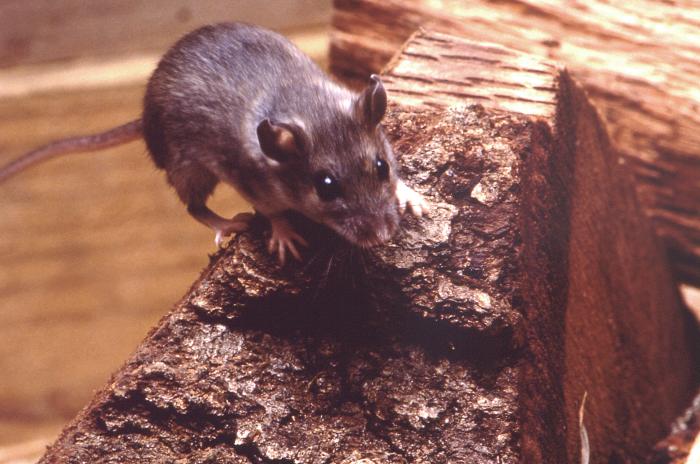In a follow-up to two recent cases of Hantavirus Pulmonary Syndrome (HPS) in Montana and Colorado we learn that the University of Montana student is now receiving workers’ compensation and the latest fatal Colorado case is identified.

In Montana, 20-year-old Antonio Morsette is reportedly receiving workers’ compensation to pay for his stated $85,000 hospital bills as the student claimed he was exposed to the dangerous rodent carrying virus while working for University of Montana Recycling, according to a Montana Kaimin report.
In Colorado, La Plata County Coroner Jann Smith has identified the man who died from HPS last week as 36-year-old Thaddeus Conan Stahl, a resident of Hesperus, The Durango Herald reports.
Colorado public health officials have not released details about the circumstances under which Stahl became infected.
LISTEN: Hantavirus and tularemia: Discussions with two prominent Public Health Veterinarians
Hantavirus is a life-threatening disease spread to humans by rodents that has symptoms similar to influenza.
Hantavirus is carried by rodents, especially deer mice. The virus is found in their urine and feces, but it does not make the animal sick.
It is believed that humans can get sick with this virus if they come in contact with contaminated dust from mice nests or droppings. You may come in contact with the dust when cleaning homes, sheds, or other enclosed areas that have been empty for a long time.
Hantavirus does not spread between humans. For more infectious disease news and information, visit and “like” the Infectious Disease News Facebook page.
The Centers for Disease Control and Prevention (CDC) divides the symptoms of hantavirus between “early” and “late” symptoms.
Early symptoms include fatigue, fever and muscle aches, especially in the large muscle groups—thighs, hips, back, and sometimes shoulders. These symptoms are universal.
There may also be headaches, dizziness, chills, and abdominal problems, such as nausea, vomiting, diarrhea, and abdominal pain. About half of all HPS patients experience these symptoms.
Four to 10 days after the initial phase of illness, the late symptoms of HPS appear. These include coughing and shortness of breath, with the sensation of, as one survivor put it, a “…tight band around my chest and a pillow over my face” as the lungs fill with fluid.
HPS has a mortality rate of 38% according to the agency.


2 thoughts on “Hantavirus updates: Montana and Colorado”